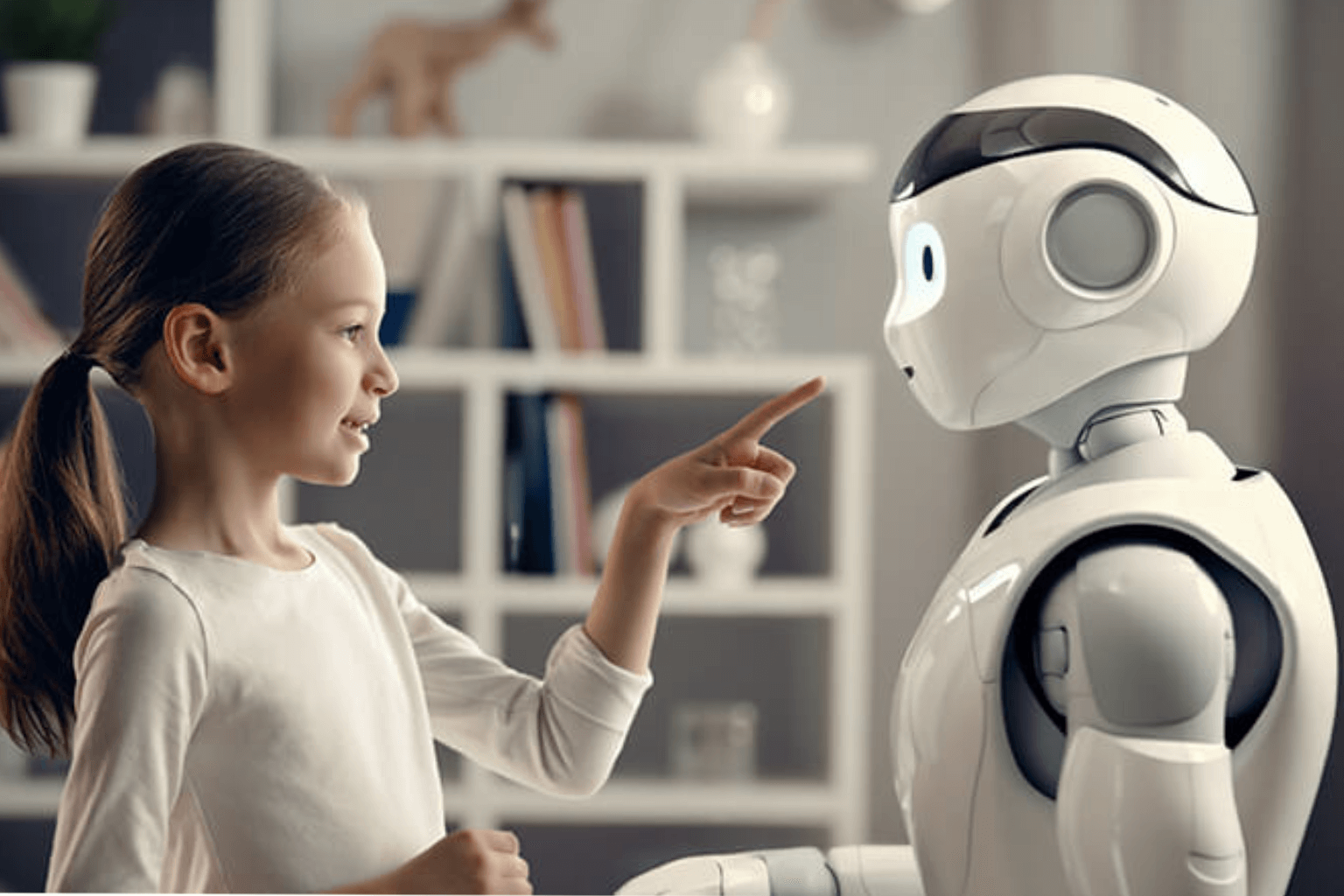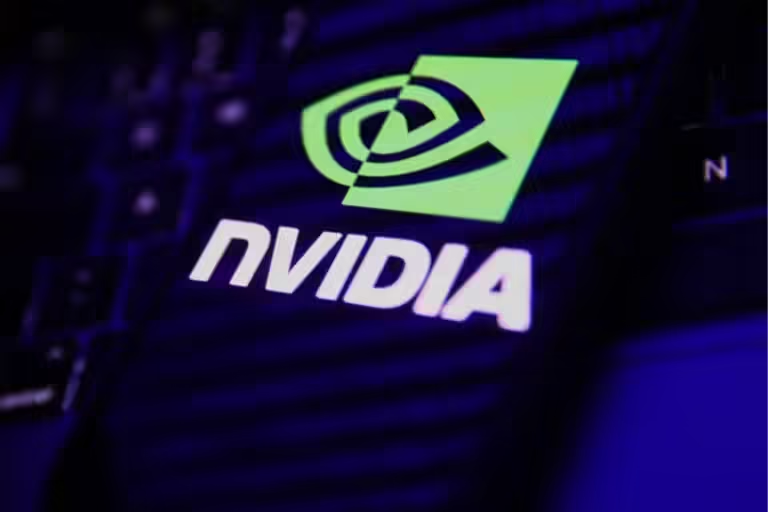
Big Tech’s AI Robots Aim to Solve Global Labor Shortage
Humanoid robots powered by AI are starting to appear in Silicon Valley, backed by companies like Tesla, Amazon, and Google. Although they have the potential to alleviate global labour shortages by performing tasks in warehouses, offices, and homes, their widespread adoption may not occur for another decade.
Robots with AI are popping up all over Silicon Valley. Some experts in the field say that they could help solve the world’s labour shortage if they are right. Companies like Tesla, Amazon, Microsoft, and Nvidia have invested a significant amount of money in “humanoid” robots. Typically, these machines possess two legs and mimic human actions.
Currently, they are in use in warehouses. But supporters say the options go far beyond fulfillment centres. In the future, these bots might be able to work with people in offices and at home. Elon Musk, the CEO of Tesla, has been among the most vocal supporters. The company that makes electric cars is putting its money on its Optimus robot, which Musk says is “going to change the world to a degree even greater than the cars.”
On the earnings call for the first quarter, Musk said that Optimus could help the company reach a $25 trillion market cap and that it would be “a majority of Tesla‘s long-term value.” Agility Robotics has received backing from Google, and Amazon’s fulfillment centres are already using its Digit robots.
A study by Goldman Sachs says that the market for humanoids will grow to $38 billion in the next twenty years. The company thinks that these robots will become the next “must-have” item, like smartphones or electric vehicles. Goldman also said that humans might be “essential for manufacturing and dangerous work, but they would also help care for the elderly and fill in for factories that are short-staffed.”
These human-like robots have been around for a long time. However, the industry feels more hopeful now that artificial intelligence has made significant strides forward. Robots can understand languages and commands and decide what to do using the same technology that OpenAI used to make ChatGPT. The machines use computer vision and train in real-life situations like people do. According to Henrik Christensen, a computer science and engineering professor at the University of California at San Diego, robotics is where AI meets the real world. “That opens up a lot of cool new possibilities that I don’t think we could have thought of even five years ago.”
Another reason for the recent interest in humanoids is a lack of workers around the world. According to the United States Chamber of Commerce, there are about 8.5 million jobs in the United States alone. Goldman Sachs says there is a shortage of 500,000 people working in manufacturing, and that number will rise to 2 million by 2030. People who support robots say they do boring and dangerous jobs. Jeff Cardenas, CEO and co-founder of robot startup Apptronik, said, “We’re starting with what we call the dull, dirty, dangerous tasks.” These are the jobs that we don’t have enough people to do right now.
Challenges and Future Prospects
There is global competition. According to Stanford’s AI Index Report, China already has more than half of the world’s industrial robots, making it the world’s largest robot installer (passing Japan in 2013).
Tom Andersson, principal analyst at Styleintelligence, said, “The Chinese market is the biggest in the world.” He added that Amazon is the only Western company that makes things like China. “But Chinese firms are quickly catching up.”
Even so, there are still problems. Freeing robots from their chains in factories is fraught with safety risks and costs a lot of money. I think we’ll have to wait a long time before we see mass adoption or even something that looks a lot like it. “Most likely at least ten years,” Andersson said. “Sorry, Musk.”


